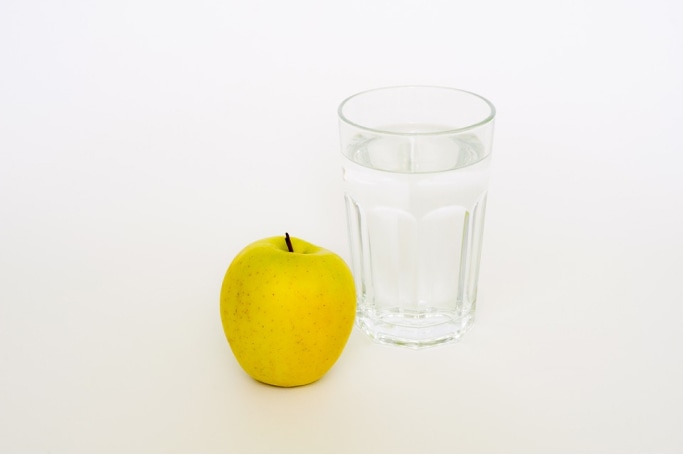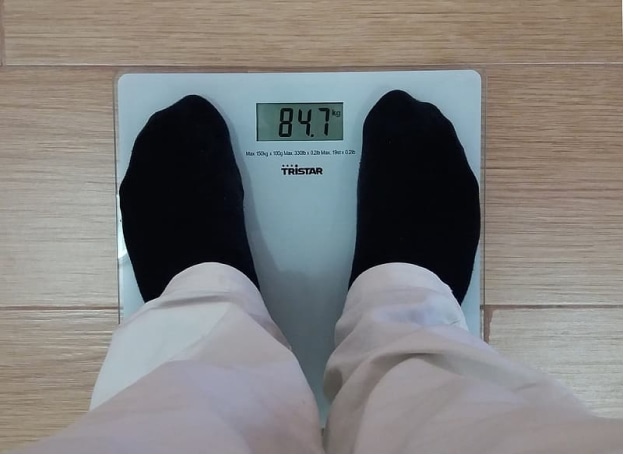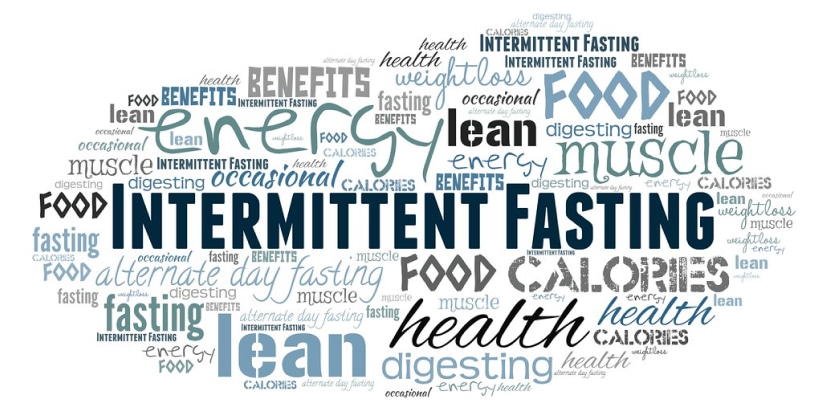Table of Contents:
- What is Intermittent Fasting?
- Different Types of Intermittent Fasting
- Intermittent Fasting for Weight Loss
- Other Benefits of Intermittent Fasting
- Safety and Side Effects of Intermittent Fasting
- Summary
- Frequently Asked Questions
Have you all heard about intermittent fasting? Well, this eating pattern is gaining popularity in the world due to its possibility to stave off diseases, boost longevity, and lose weight. It involves eating plans that alternate between fasting and eating cycles. All of us fast every day while we sleep and intermittent fasting can be as simple as that – just extend that sleep time fast a little longer.
Read on to find out about what intermittent fasting actually is, types of intermittent fasting, its benefits, it’s safety and side effects, and intermittent fasting for weight loss.
What is Intermittent Fasting?

Intermittent fasting or IF refers to an eating plan that cycles between fasting and eating periods. It is not about ‘what you eat’ but ‘when you eat’. The primary goal of intermittent fasting is to systematically starve your body so as to trigger the extra fat for burning. It is not a conventional diet plan and more accurately, it can be defined as an ‘eating pattern.’
Different Types of Intermittent Fasting
There are different types of intermittent fasting. Even though every method is effective, it is up to you to figure out which one works best for you.
1. 16/8 method (Time-restricted eating)
This method deals with skipping breakfast and restricting the daily eating period to 8 hours so that you abstain from food for the remaining 16 hours. You can repeat this cycle from just once or twice a week to every single day – it’s all up to your personal preference.
2. 5:2 Diet
This method involves restricting calories to 500-600 two days a week while the other five days of the week are normal eating days. The 5:2 diet is also known as ‘fast diet’. On the fasting days, women are recommended to eat 500 calories and men 600.
3. Eat stop eat method (24 hours fast)
If you are following this method, you should fast for 24 hours once or twice a week. For example, if you plan to eat dinner at 8 pm on Tuesday, you have to fast until 8 pm Thursday. You can choose the time according to your convenience. No matter what time of the day you choose, the result is the same.
4. The warrior diet
This particular method involves fasting all day and feasting at night. In this method, you are supposed to eat small amounts of fruits and veggies during the day and a big huge meal at night,
5. Spontaneous meal skipping
Spontaneous meal skipping is another way to do IF. You can simply skip one or two meals when you are not actually feeling hungry or don’t have time to cook.
The only thing you should make sure is to eat healthy foods while you are actually eating.
Intermittent Fasting for Weight Loss

Intermittent fasting is one of the effective ways to shed that extra pounds from your body. This involves fasting for short periods of time, thereby helping you consume fewer calories. To practice intermittent fasting, choose any of the methods mentioned above. It is always recommended to talk to a doctor about which intermittent fasting options may work best for your health and body. You can also consult a doctor online.
When you take in food, the carbohydrates are broken down into glucose. This glucose serves as the major energy source and gets transported to various parts of your body. Excess glucose gets stored for later use in your adipose tissue and liver in the form of fats and glycogen.
In between your meals, the liver converts this glycogen back to glucose so as to supply the body with energy. Once the glycogen in the liver is depleted, the fats are broken down into free fatty acids which are converted into additional metabolic fuel in your liver.
If the fasted state lasts for too long, your body burns fat for energy and sheds off the extra fats. Intermittent fasting for weight loss works only when done in the right way.
Other Benefits of Intermittent Fasting

There are many health benefits of intermittent fasting other than weight loss and burn belly fat. These include:
- Lowers the risk of type 2 diabetes
- Prevent and control blood pressure
- Lower cholesterol
- Reduce oxidative stress and inflammation
- Improve brain health
- Prevents Alzheimer’s disease
- Promotes heart health
- Prevents cancer
- May help you live longer
Safety and Side Effects of Intermittent Fasting
It is not very easy to do intermittent fasting. You feel hungry, tired, and may not perform well as you used to do before.
If you have a medical condition, you should talk to a doctor before adopting any fasting methods. Especially if you:
- Have low blood pressure
- Are underweight
- Have diabetes
- Are Pregnant or breastfeeding
- Are anaemic
However, there is nothing dangerous if you are healthy and not eating for a while. If you really want to lose weight and are not ready to fast, there are other methods such as ayurvedic medicines for weight loss and belly fat reduction exercises. You can also try different yoga poses for a healthy body.
Summary
Intermittent fasting is an alternative eating cycle that focuses on ‘when to eat’ rather than ‘what to eat’. There are different types of intermittent fasting, and you can choose a method according to your preference. Intermittent fasting proves effective for weight loss only when done in the right way.
There are many other health benefits of intermittent fasting such as lowering blood pressure, improving brain health, preventing diabetes, etc. Before you step on to do intermittent fasting, talk to a doctor.

Frequently Asked Questions:
1. Is it okay if you skip breakfast?
If you are healthy and eat healthy for the rest of the day, It is perfectly fine to skip breakfast for intermittent fasting.
2. Are kids allowed to fast?
Kids and teens under the age of 18 are not supposed to attempt an intermittent fasting plan. This is because they need sufficient calories regularly for proper development.
3. Can I drink water and other beverages during fast?
You can definitely go for water or low caloric beverages such as black tea or coffee – something less than 50 calories is always fine.






